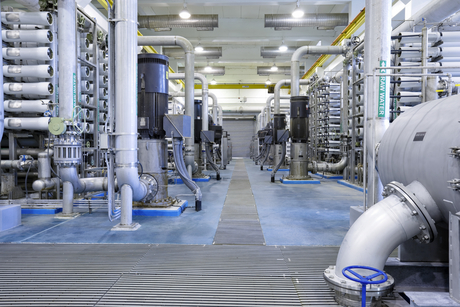A guide to remote visual inspection tools

If you’re in the plumbing business, an inspection camera is one of the most valuable tools of your trade. Whether you’re responsible for maintaining hundreds of kilometres of pipelines or needing to locate a blockage for a routine domestic job, there’s an inspection camera solution which has the appropriate features to suit your specific needs. This guide will help you determine the best option for your needs.
Residential drain cleaners need a compact inspection camera for everyday operations such as diagnosing a problem or break in a line before starting a job, or to locate a blockage in order to determine how best to tackle the problem. Typically, they would use an inspection camera to see what repairs or maintenance are required plus they can use that information as a base for quoting on various jobs.
However, a larger plumbing business which inspects vast tracts of pipelines for municipalities would have different requirements, and would probably need a more advanced crawler system with a greater range of features and functionality, such as Wi-Fi communication.
Thankfully, technology has advanced so far in recent times that even entry-level inspection cameras deliver a range of features in an affordable package. More compact cameras and better quality images and video are among the technological advances in this field, with pan-tilt -zoom (PTZ) options, self-levelling, optimal lighting and cabling, innovative reel mechanics that enable easy passage through tight turns and digital recording among the many different options available. Different businesses would have different needs — and there is a range of camera solutions to choose from to suit individual applications.
A Wi-Fi feature, for example, may not be imperative for a private residential contractor, but it’s a must for municipal applications. Many larger plumbing companies also need a recording feature as their customers require video copies showing the pipelines before and after the work has been done. Digital recording developments have also opened up a new world of versatility when it comes to the distribution of information as files can be emailed or posted via the internet, which enables optimum sharing and evaluation of data.
When small pipelines are involved and size counts, a contractor would opt for an ultra-compact, mini inspection camera that allows them to inspect, record and measure the tight internal dimensions. Portability is another feature that will depend on the user’s particular needs — and depending on the location of the pipelines, operators can choose camera inspection systems that use a standard power outlet or which can be charged in a vehicle.
With all the advances in camera inspection technology, it is important to talk to a company that keeps up to date with new developments and understands the differing needs of users and their applications.
All-electric haulage fleet under mining alliance
A strategic alliance between Newmont and Caterpillar will see the rapid deployment of an...
How to measure ROI of field service management software
Some ROIs are easier to calculate than others. It's important to consider both tangible and...
Preparing the grid for electric vehicles
A new $3.4 million trial will help support growing adoption of electric vehicles across Australia...




